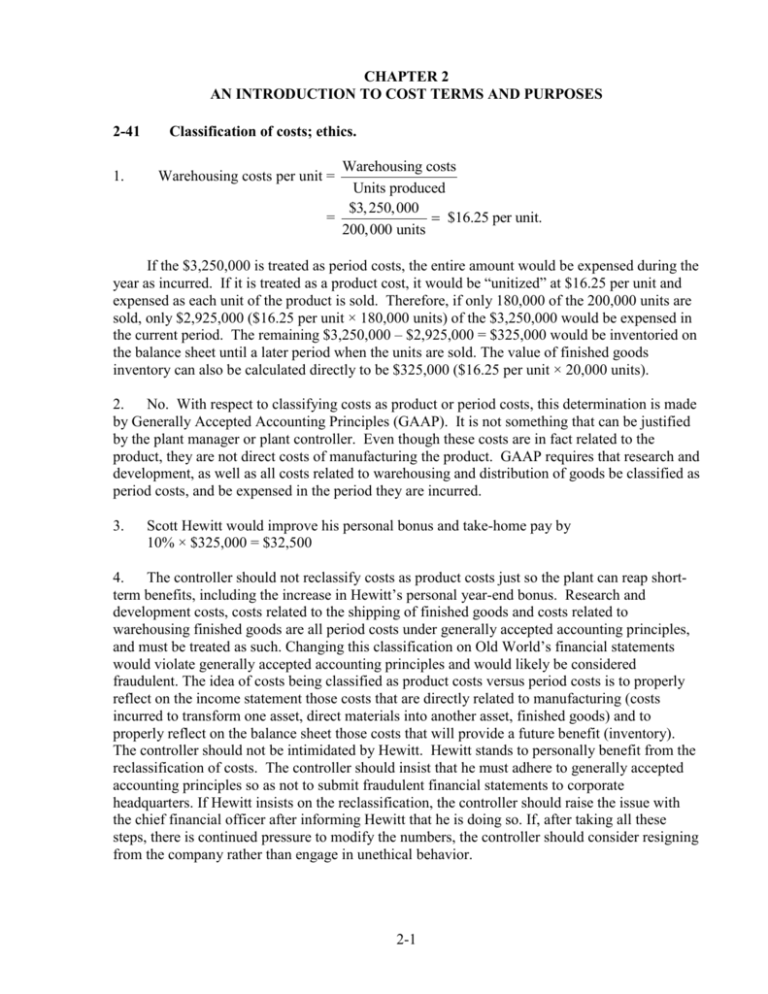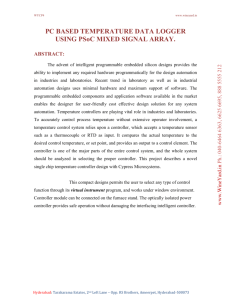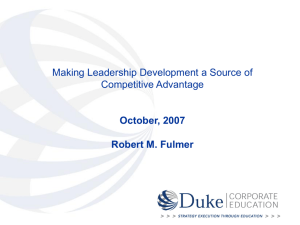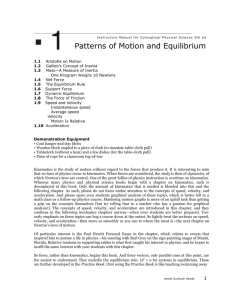CHAPTER 2
advertisement

CHAPTER 2 AN INTRODUCTION TO COST TERMS AND PURPOSES 2-41 1. Classification of costs; ethics. Warehousing costs Units produced $3, 250,000 = $16.25 per unit. 200,000 units Warehousing costs per unit = If the $3,250,000 is treated as period costs, the entire amount would be expensed during the year as incurred. If it is treated as a product cost, it would be “unitized” at $16.25 per unit and expensed as each unit of the product is sold. Therefore, if only 180,000 of the 200,000 units are sold, only $2,925,000 ($16.25 per unit × 180,000 units) of the $3,250,000 would be expensed in the current period. The remaining $3,250,000 – $2,925,000 = $325,000 would be inventoried on the balance sheet until a later period when the units are sold. The value of finished goods inventory can also be calculated directly to be $325,000 ($16.25 per unit × 20,000 units). 2. No. With respect to classifying costs as product or period costs, this determination is made by Generally Accepted Accounting Principles (GAAP). It is not something that can be justified by the plant manager or plant controller. Even though these costs are in fact related to the product, they are not direct costs of manufacturing the product. GAAP requires that research and development, as well as all costs related to warehousing and distribution of goods be classified as period costs, and be expensed in the period they are incurred. 3. Scott Hewitt would improve his personal bonus and take-home pay by 10% × $325,000 = $32,500 4. The controller should not reclassify costs as product costs just so the plant can reap shortterm benefits, including the increase in Hewitt’s personal year-end bonus. Research and development costs, costs related to the shipping of finished goods and costs related to warehousing finished goods are all period costs under generally accepted accounting principles, and must be treated as such. Changing this classification on Old World’s financial statements would violate generally accepted accounting principles and would likely be considered fraudulent. The idea of costs being classified as product costs versus period costs is to properly reflect on the income statement those costs that are directly related to manufacturing (costs incurred to transform one asset, direct materials into another asset, finished goods) and to properly reflect on the balance sheet those costs that will provide a future benefit (inventory). The controller should not be intimidated by Hewitt. Hewitt stands to personally benefit from the reclassification of costs. The controller should insist that he must adhere to generally accepted accounting principles so as not to submit fraudulent financial statements to corporate headquarters. If Hewitt insists on the reclassification, the controller should raise the issue with the chief financial officer after informing Hewitt that he is doing so. If, after taking all these steps, there is continued pressure to modify the numbers, the controller should consider resigning from the company rather than engage in unethical behavior. 2-1











